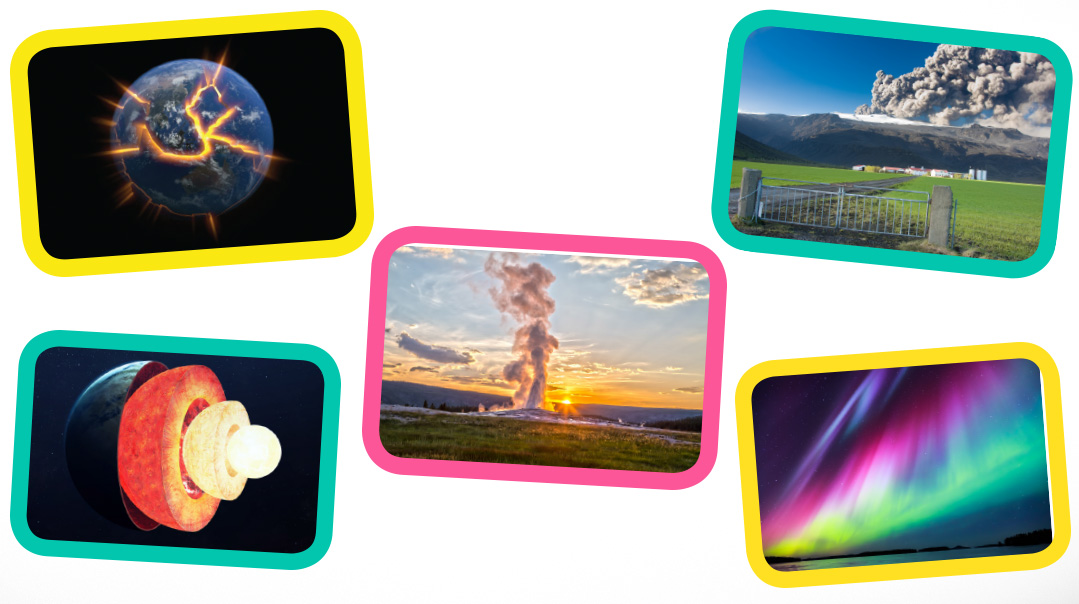Iceland: Fire and Ice and Magical Lights

As cold as Iceland can get, in one way it’s also among the hottest places in the world

Rabbi Yaakov Lubin fell in love with Iceland a long time ago.
As a science teacher and textbook writer, he longed to travel and experience everything the world had to offer. So when he got an invitation to a chinuch conference in Belgium earlier this year, he realized it would only cost an extra $200 to fly to Iceland. He jumped at the chance.
Why Iceland?
“Iceland is an amazing place,” says Rabbi Lubin. For a start, it has the most active volcanoes on earth, with 18 that have erupted in recorded history. But other places, like Japan or Hawaii, have more and bigger volcanoes. What makes Iceland unique is a combination of three things: geothermal activity, meaning the underground forces that make volcanoes erupt; glaciers and other incredible ice structures; and finally, the northern lights, a fascinating natural light phenomenon only visible at the top and bottom of the world.
Rabbi Lubin bought a drone, packed up lots of warm clothing, and headed north — — almost all the way to the Arctic Circle, to put himself under the spell of the fire, ice, and magical lights.
Underground Fire
As cold as Iceland can get, in one way it’s also among the hottest places in the world. Geothermal is a combination of two Greek words: geo, meaning the earth, and thermal, meaning heat. The area deep inside the earth is very hot, although usually that heat stays deep underground. It’s so hot that it can melt rocks — — lava is actually melted rock that’s forced up and out of a volcano or a crack in the ground. If the melted rock stays underground, it’s referred to as magma.
All of the earth’s land masses are actually giant plates, called tectonic plates, that move around (very slowly!) on top of this liquid rock. Because Iceland rests on the gap between the Eurasian and North American tectonic plates, the powerful heat from the earth’s interior, along with all that magma, is much closer to the surface.
“You can actually walk between two continental plates,” Rabbi Lubin says. Even though scientists didn’t understand this concept until very recently, Chazal actually predicted this fact hundreds of years ago. “It says in Pirkei Dd’Rabbi Eliezer, ‘The continents’ land are like plates that sail like ships across the water.’ ”
Because the magma is closer to the surface in Iceland than in most other places on earth, all this heat causes a few different phenomena. These include hot springs, steam vents, geysers, mud pots… and, of course, volcanoes, though fortunately, major eruptions are rare.
Steam vents are areas where underground water is constantly being heated, creating a steady flow of steam rising from a large area of the ground. “There was so much steam, more than any chimney you’ve ever seen,” Rabbi Lubin remembers.
Oops! We could not locate your form.






